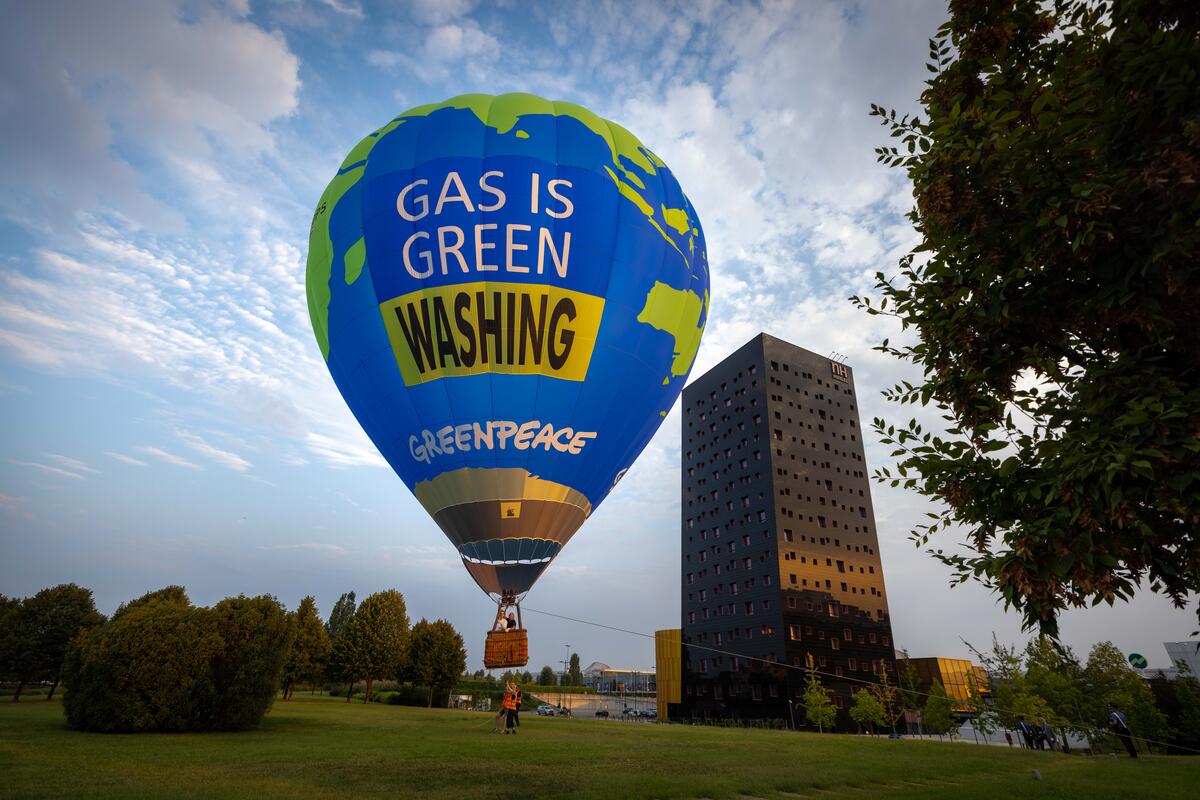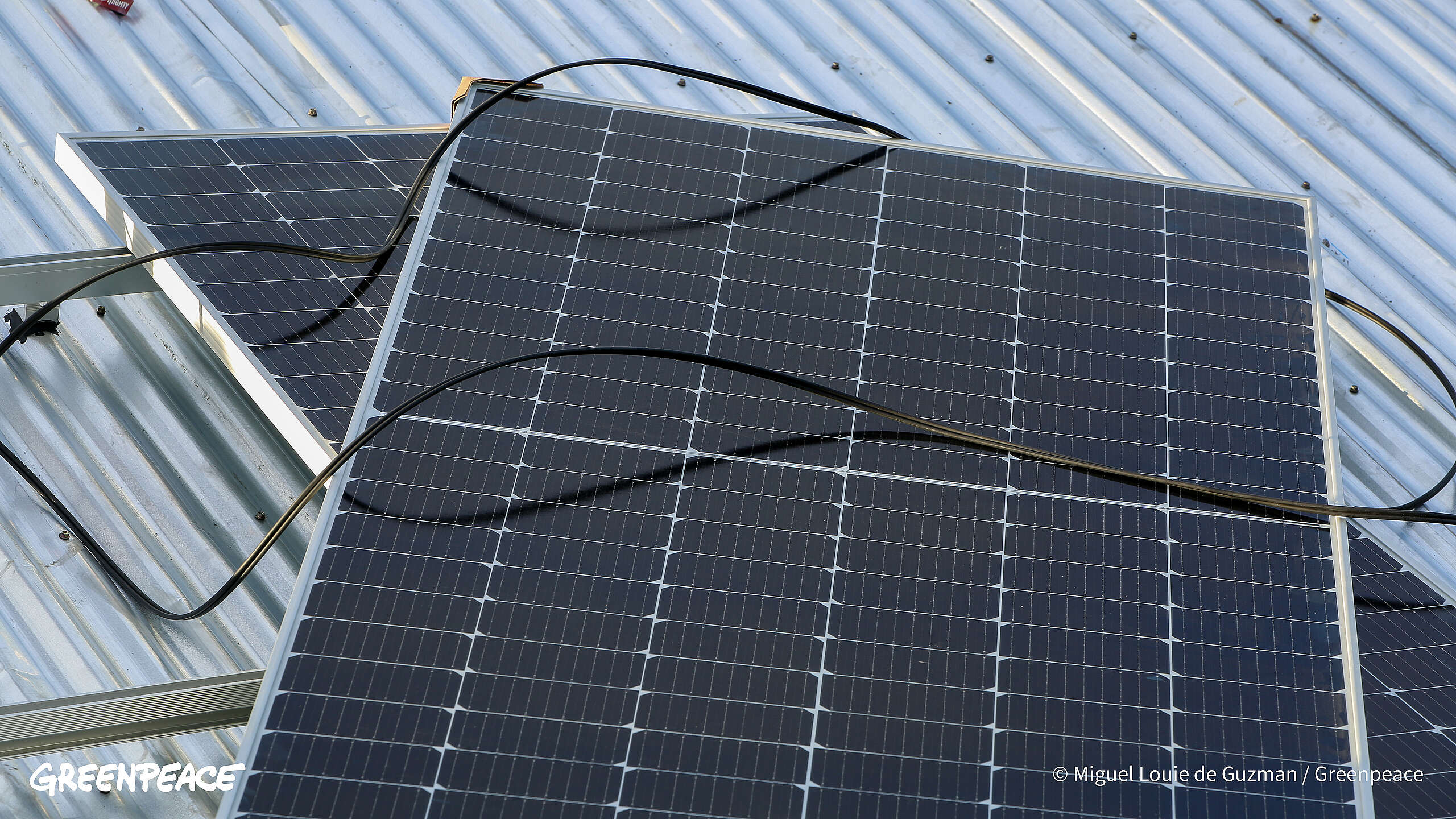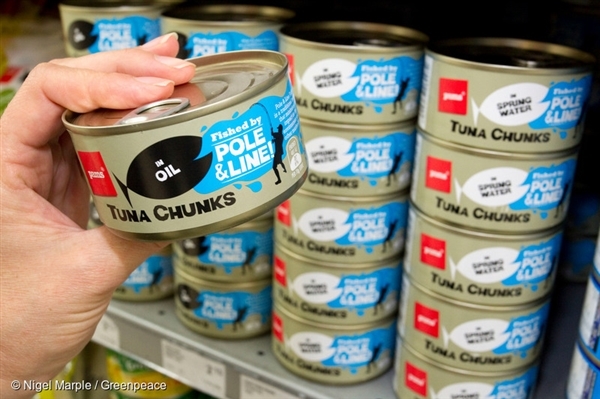
Sustainably Caught Canned Tuna
Pams pole and line caught canned tuna. Pams is the home brand for Foodstuffs, one of New Zealand’s two main supermarket companies. Foodstuffs introduced pole and line tuna to its Pams range in 2011 following the launch of a Greenpeace campaign urging canned tuna brands and retailers in New Zealand to switch to sustainably caught tuna.
What comes to mind when you hear of tuna – the fish that is usually eaten in sushi bars or comes in a can? A quick and healthy snack? Or maybe pet food?
Southeast Asia consumes a lot of canned tuna. Filipinos are fond of brands like Century Tuna, while Thais are familiar with Nautilus. But the majority of tuna consumers in the region are unaware of how the tuna was caught and where it was fished.
Consumers in Southeast Asia are becoming more aware of their rights and responsibilities as consumers. But with the critical state of the world’s oceans — from coral bleaching, to unsustainable fishing practices that endanger other marine mammals, to plastic pollution at sea — it’s time for everyone to care about how the seas’ resources are managed. Local consumers must demand that the tuna they are eating is free from environmental and social abuses.
This is where the Greenpeace cannery ranking report comes in. For almost three years now, Greenpeace has been ranking different tuna canneries and brands in the Philippines, Indonesia, and Thailand. It aims to provide information and guidance, not only for tuna companies, but to consumers as well. As the rest of Southeast Asia becomes aware of issues about traceability, sustainability and slavery at sea, this report provides information beyond what is seen on the label.
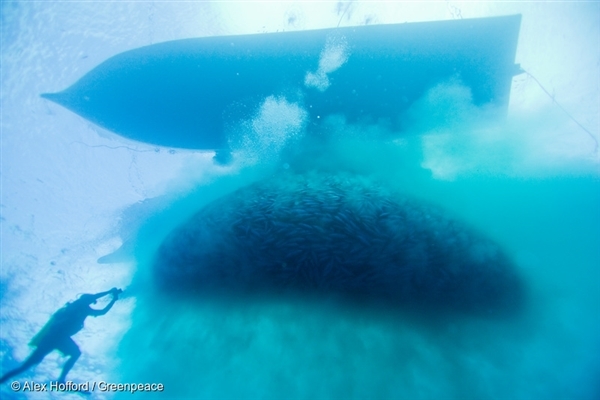
Philippine Purse Seine Fishing Operation
An underwater view of a skipjack tuna purse seine fishery operation underway between the Philippine purse seiner ‘Vergene’ and the Philippine fish carrier/supply boat ‘Gene-2’ in the international waters of high seas pocket No1. Purse seiners use fish aggregation devices, or FADs, to set net around, which are a highly destructive method of fishing that Greenpeace wants to permanently ban.
Catching tuna is a lucrative industry, generating USD 42 billion per year, and provides thousands of jobs in the catching, processing, and trading sector worldwide. As such, the fishing industry has become so powerful that it sometimes acts like it is above the law and beyond reproach.
The Philippines and Indonesia are among the top five tuna producers in the world, while Thailand is the biggest tuna processor, all selling tuna to major brands in key markets.
A key issue in the tuna industry is the catching of juvenile fishing for Yellowfin and Bigeye tuna – the type you might eat as sushi.
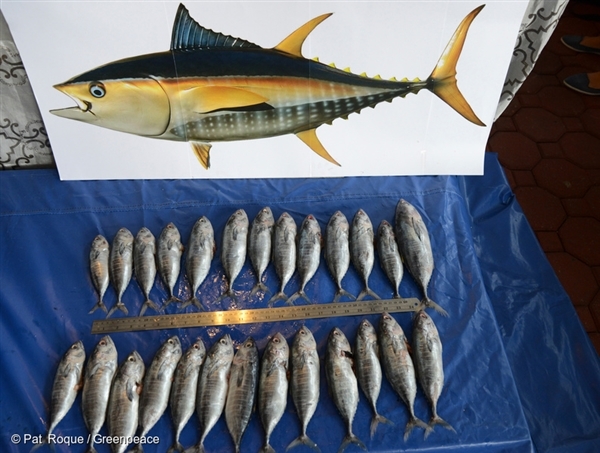
Juvenile Tuna Bycatch Exposé in the Philippines
Juvenile yellowfin tuna from General Santos are lined up to be measured using a meter-long ruler. A mature sized yellowfin should be a meter long. At a press conference, Greenpeace Philippines confirmed how juvenile baby yellow fin and bigeye tuna are being traded at less than the average size of maturity and also below the weight limit of 500g set by Fisheries Administrative Order (FAO) 226.
Indonesia and the Philippines have the highest catches of juvenile (a.k.a.”baby”) tuna, with sizes ranging from 20-50 cm in length. Catching juvenile tuna doesn’t enable the fish population to grow and reproduce. Juvenile fishing is closely associated with fish aggregating devices (FADs) that are used by purse seiners — big boats with wide purse-like nets. If juvenile fishing is not addressed, there may be a shortage of larger Bigeye tuna supply and that will pose problems for the ecosystem and the tuna industry.
The Greenpeace report also sheds light on the issue of “double standard” marketing of canneries and brands. Some tuna brands exercise stringent rules which cater to foreign markets abroad. So a can of tuna sold within Thailand will usually have little (if any) information on what kind of tuna is in the can. That same company may also sell another one of its more sustainably-sourced tuna products, under a different label destined for the United States. As consumers in Southeast Asia begin to understand that they have the power to protect our oceans, the same sourcing standards and information available to consumers in domestic markets must apply.
After three years of continuous campaigning and collaborative dialogue in the region, we now have five companies with an overall Green rating, as opposed to virtually zero when we first started the regional ranking. We are happy that there are now more companies catching tuna sustainably and that is good news for us and for our oceans. Nevertheless, much work remains to be done. Help us hold brands accountable!
Ephraim Batungbacal is the Regional Oceans Research Coordinator for Greenpeace Southeast Asia, based in Manila.
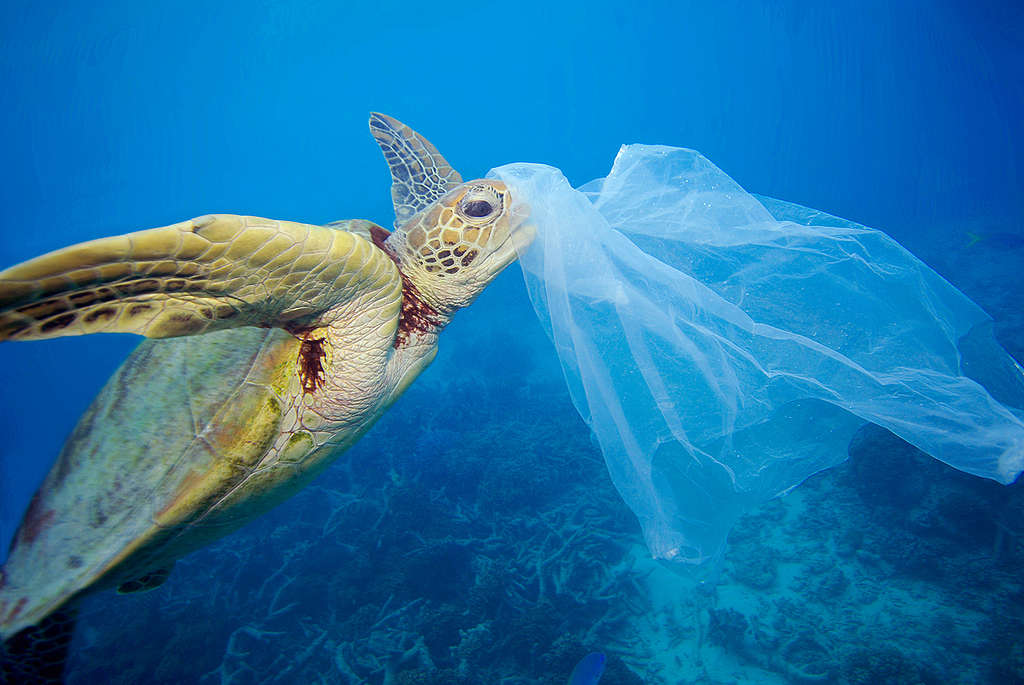
The ocean is under attack from all sides and it needs our help to protect it!
TAKE ACTION

